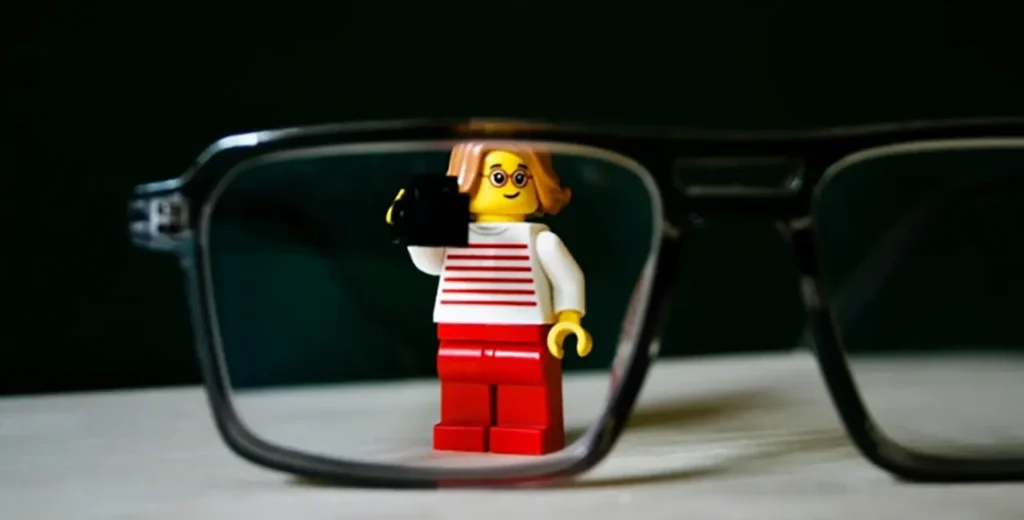The Hidden Connection Between Playtime and Study Time
Remember those colorful plastic bricks you used to click together as a kid? Turns out, all those hours spent building LEGO masterpieces weren’t just fun—they were secretly preparing your brain for academic success. The skills you develop while constructing that perfect LEGO castle or spaceship can actually transform how you approach your coursework and assignments.
When you think about it, building with LEGO bricks involves planning, problem-solving, and persistence—the same skills that help you tackle tough subjects and complex projects in school. There’s something magical about how these seemingly simple toys can rewire your brain for better learning.
Many students today are looking for any edge they can get in their academic journey. Some seek tutoring, others join study groups, and many connect with a paper writer online to help organize their thoughts and improve their writing skills. But what if one of your most powerful academic tools was already sitting in your childhood toy box? Let’s explore how those LEGO-building skills can revolutionize your approach to learning!

Breaking Down Big Projects (Just Like LEGO Sets)
The Art of Deconstruction
Remember opening a new LEGO set and dumping all those pieces onto the floor? At first glance, it seems overwhelming—hundreds of tiny pieces that somehow need to become a cohesive structure. This is exactly what happens when your professor assigns a massive research paper or semester-long project.
Instead of panicking, try applying your LEGO mindset. Sort your assignment into logical “piece groups”—research, outlining, drafting, and editing. Just as you’d separate LEGO pieces by color or size, break your academic work into manageable chunks. This simple shift in perspective can transform an intimidating project into a series of conquerable tasks.
Following Instructions While Thinking Outside the Box
LEGO builders know that instructions are just the beginning. Yes, they show you how to create the intended model, but the real magic happens when you start improvising. Similarly, your course syllabus or assignment guidelines provide a framework, but your unique insights and creative approaches make your work stand out.
Try this: After understanding the basic requirements of an assignment, challenge yourself to add something unexpected—a unique research angle or creative presentation format. Just as adding your own modifications to a LEGO build makes it more interesting, these personal touches can transform a standard assignment into something that truly captivates your professors.
Building Strong Mental Frameworks
Finding Patterns in Complexity
LEGO enthusiasts can spot patterns instantly—they know which pieces fit together and how different components create stable structures. This pattern recognition is invaluable for learning complex subjects like mathematics, science, or even literary analysis.
When studying challenging material, look for the underlying patterns and connections. Create visual maps or diagrams that show how concepts link together. This LEGO-inspired approach helps transform abstract information into concrete knowledge structures that your brain can more easily process and remember.
The Patience to Perfect
Anyone who’s ever built an intricate LEGO creation knows the frustration of pieces breaking off or instructions being misinterpreted. But they also know the satisfaction of working through those challenges. This same resilience is crucial for academic success.
When you hit a roadblock in your studies—a concept you can’t grasp or an assignment that stumps you—channel your inner LEGO builder. Step back, reassess, and try a different approach. Remember that mistakes aren’t failures – they’re just opportunities to rebuild a stronger structure!
Spatial Thinking for Better Memory
3D Learning in a 2D World
LEGO building develops exceptional spatial reasoning—the ability to visualize and manipulate objects in three dimensions. This skill can dramatically improve how you memorize and recall information.
Try this memory technique: When studying abstract concepts, visualize them as 3D LEGO structures. For historical timelines, imagine events as connected blocks building upward. For scientific processes, picture each step as interlocking components. By giving flat information physical dimensions in your mind, you create stronger memory hooks!
Color-Coding for Comprehension
LEGO sets use color strategically—different colors signify different parts or sections of a build. Apply this same principle to your notes and study materials. Use different colors to code related concepts, distinguish between main ideas and supporting details, or highlight connections between topics.
This visual organization system helps your brain process information more efficiently, just as color-coding LEGO pieces makes building more intuitive. Try using colored pens, highlighters, or digital color schemes in your note-taking system.
Collaborative Learning Through Play
Building Ideas Together
Some of the best LEGO experiences happen when friends build together, combining their pieces and ideas to create something none could have made alone. Academic collaboration works the same way.
Form study groups where each person brings their unique understanding and perspective. Just as LEGO builders might specialize in different aspects of construction, recognize and utilize the diverse strengths within your group. One person might excel at theoretical concepts while another shines at practical applications—together, you create a more complete understanding.
Explaining Complex Structures
Have you ever described your LEGO creation to someone else? That process of explaining how pieces fit together and why you made certain design choices actually develops crucial academic skills. Teaching concepts to others is one of the most effective ways to solidify your own understanding.
Challenge yourself to explain complex course material as if you were walking someone through a LEGO build—step by step, highlighting connections and clarifying potential confusion points. This practice not only benefits your listeners but dramatically enhances your own mastery of the subject.
Final Thoughts
The connection between LEGO building and academic success isn’t just a fun theory—it’s backed by cognitive science and educational research. The skills you develop while clicking those colorful bricks together—spatial reasoning, pattern recognition, systematic thinking, and creative problem-solving—are exactly what you need to thrive in your academic pursuits.
So, the next time you’re struggling with a challenging assignment or complex concept, think back to your LEGO-building days. Remember how you approached those intricate builds with patience, creativity, and determination. Those same qualities will serve you well as you navigate your educational journey.
And if you happen to have a LEGO set stashed away somewhere, consider bringing it out during your next study break. A few minutes of mindful building might be just what your brain needs to reset and tackle your studies with renewed focus and creativity. After all, sometimes, the best way to build knowledge is to start with a few simple blocks!





